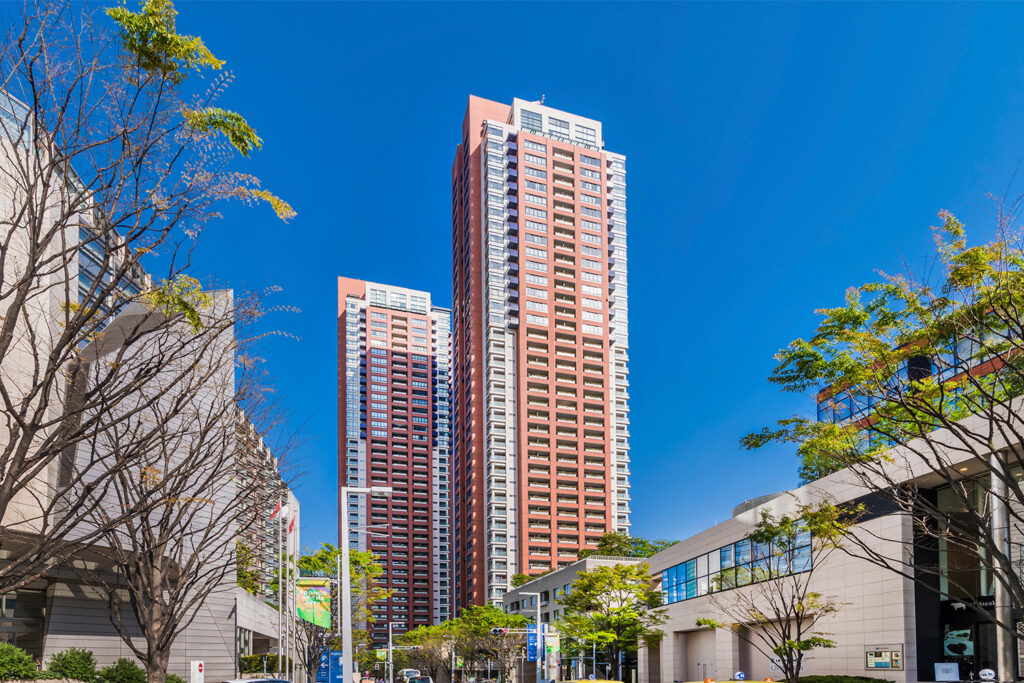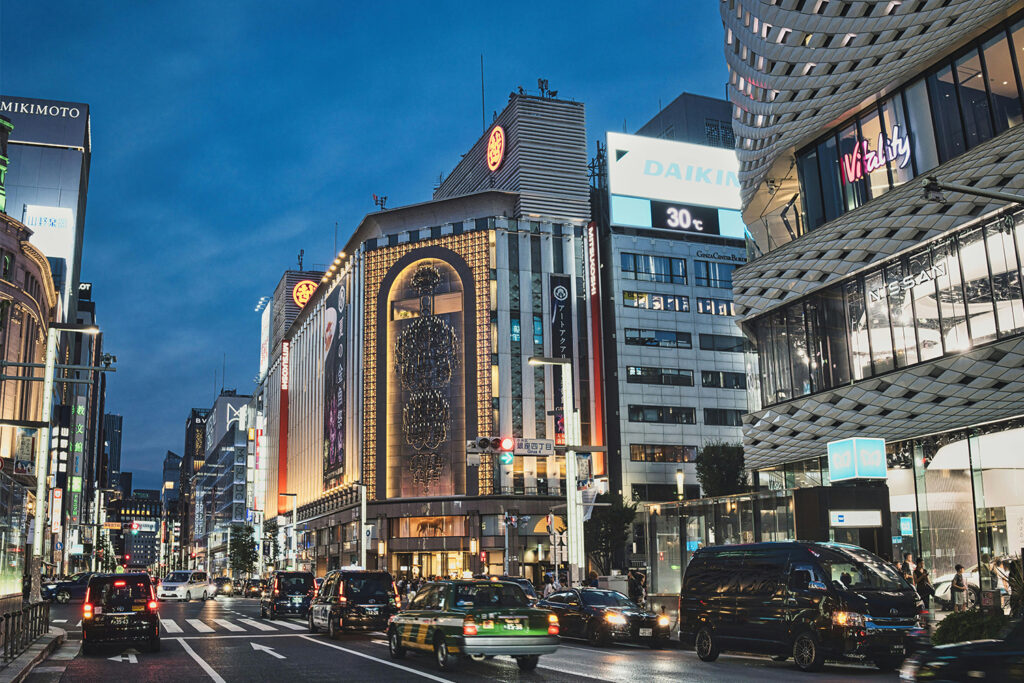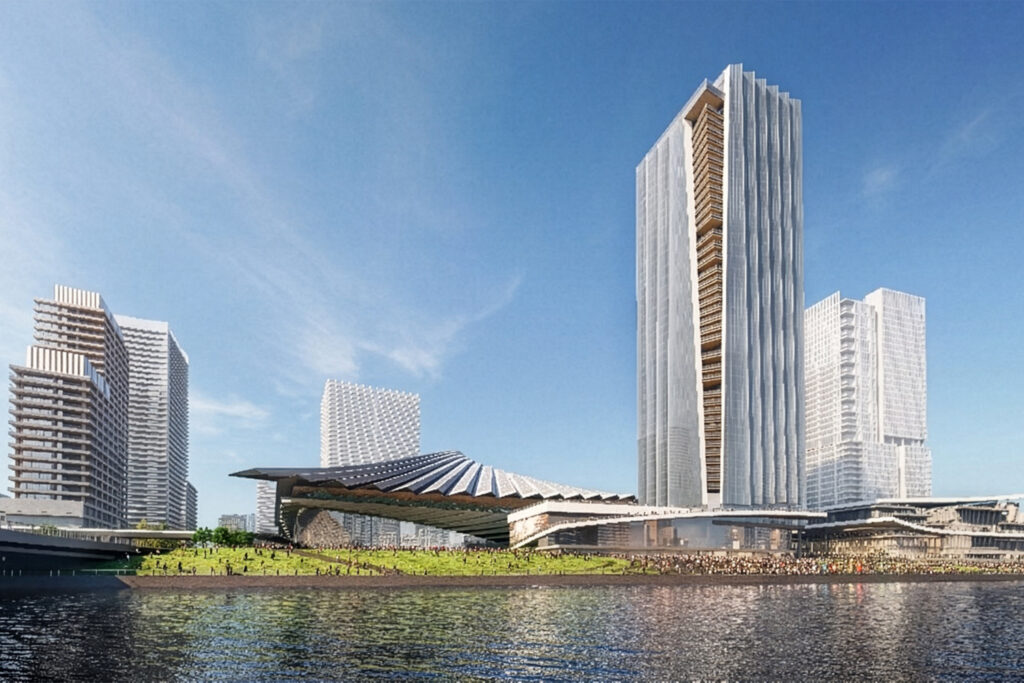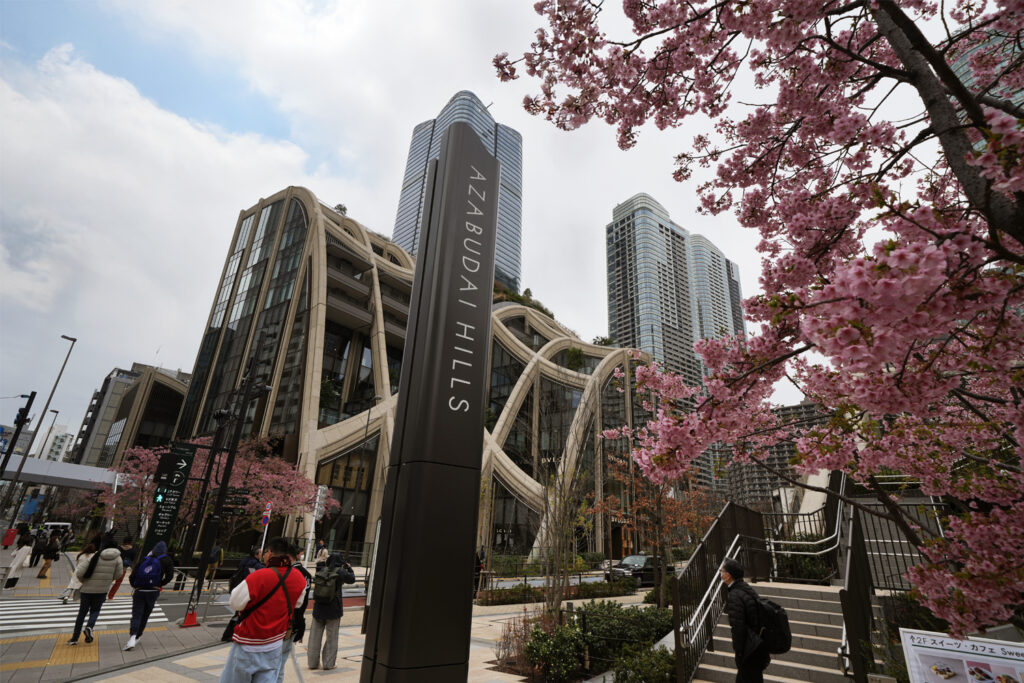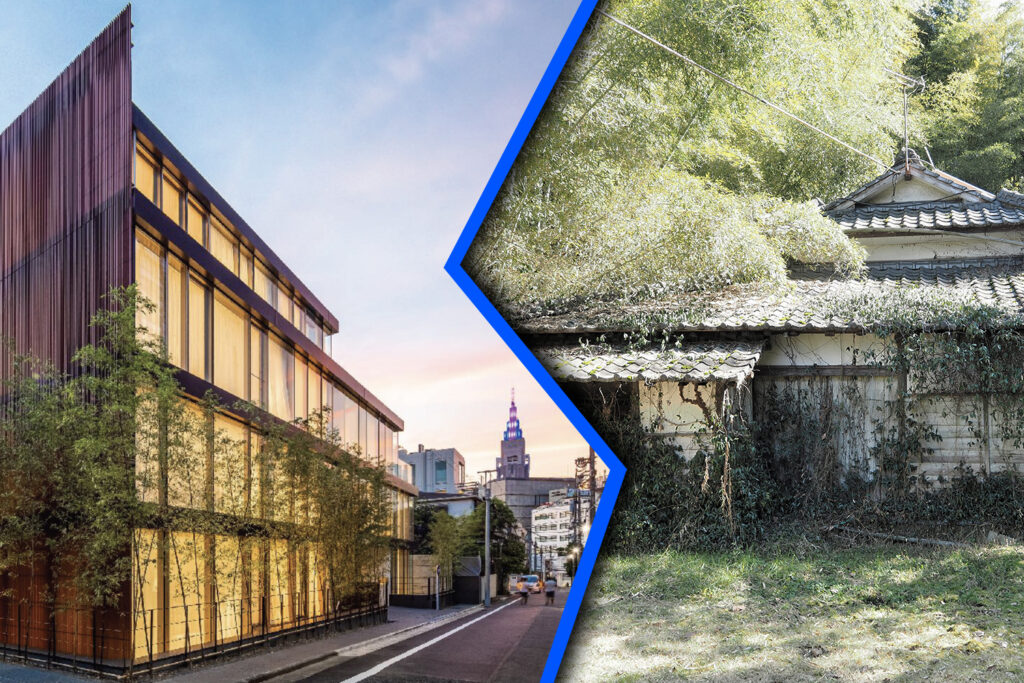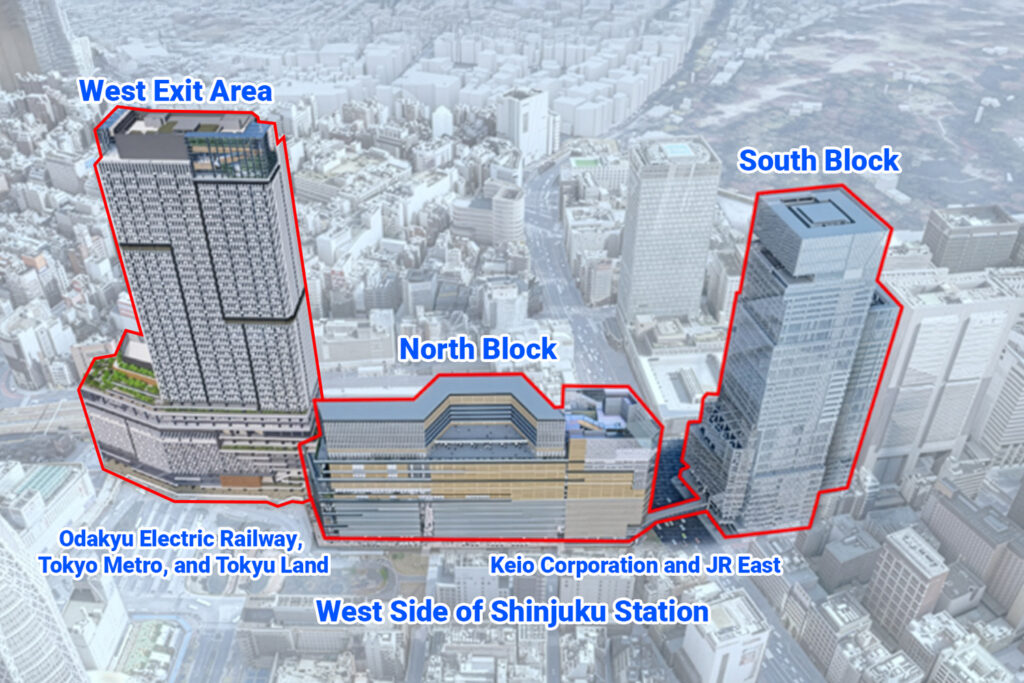
The world’s busiest train station is getting a major upgrade. Shinjuku Station, which sees around 3.6 million passengers daily, is undergoing a transformation that will reshape one of Tokyo’s most important districts. The Shinjuku Grand Terminal project brings together multiple development plans that will change how people move through, work in, and experience this central area of Tokyo.
Understanding Shinjuku’s Role in Tokyo
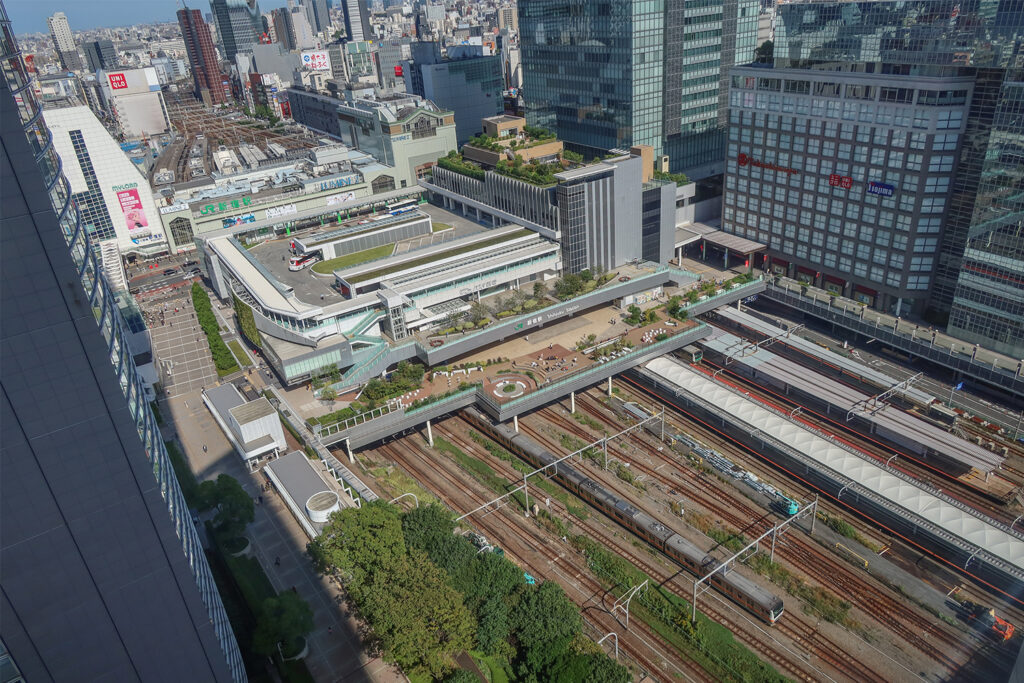
Shinjuku Station holds the Guinness World Record for the highest passenger throughput of any train station worldwide. The complex consists of six separate stations operated by five rail companies: JR East, Odakyu Electric Railway, Keio Corporation, Tokyo Metro, and Toei Subway. This creates a web of 53 platforms serving commuters from Tokyo’s northern, southern, and western suburbs.
Beyond transportation, Shinjuku is a major business district. The area houses the Tokyo Metropolitan Government Building and numerous corporate offices. The entertainment district of Kabukicho draws visitors’ day and night, while the skyscrapers of Nishi-Shinjuku create an impressive skyline.
The Shinjuku Grand Terminal Vision
The redevelopment centers on reorganizing Shinjuku Station into the “Shinjuku Grand Terminal.” The Tokyo Metropolitan Government and Shinjuku City published development policies in 2018 and 2019 with three main goals: create better pedestrian networks with multiple levels of walkways, bring in business and commercial functions that strengthen Tokyo’s international position, and improve disaster response while reducing environmental impact.
Southwest Exit Area Development
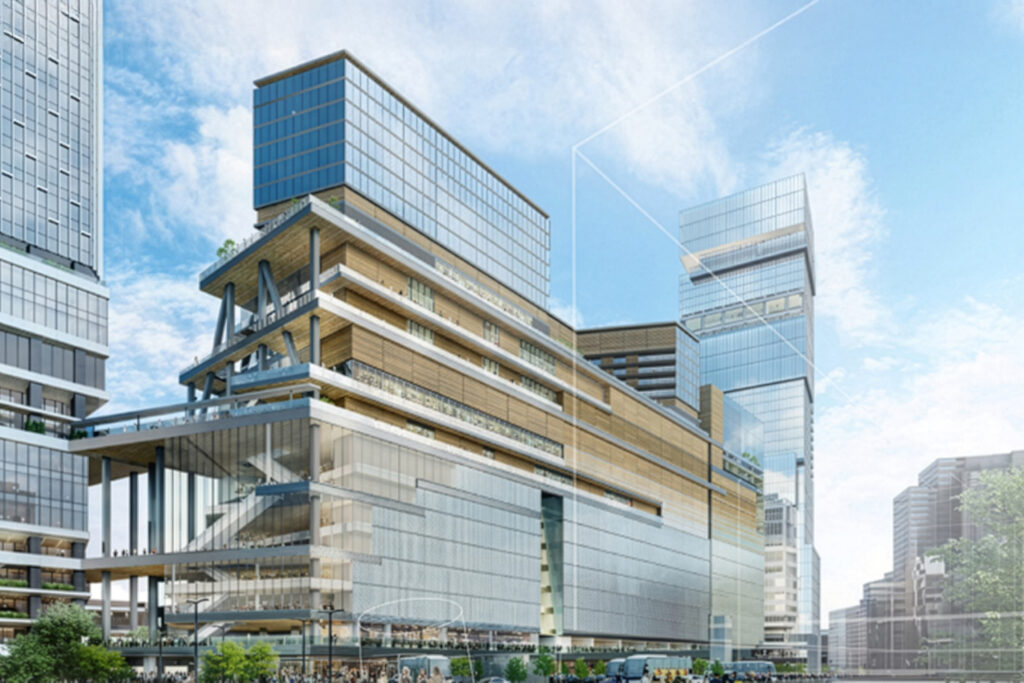
One of the major projects that is taking shape at the west Exit, is led by Keio Corporation and JR East. This plan consists of two separate building projects that will be built in phases.
The South Area project will create a 37-story tower approximately 225 meters tall with about 150,000 square meters of floor space. This building will contain offices, shops, and a luxury hotel operated under a Keio Group brand. As of March 2025, the construction timeline has been revised, and the completion date is under review.
The North Area development will follow after the South Area is complete. This will involve reconstructing the current Keio Department Store and Lumine 1 buildings into a 19-story complex approximately 110 meters tall, with completion expected in the 2040s.
West Exit Area Development
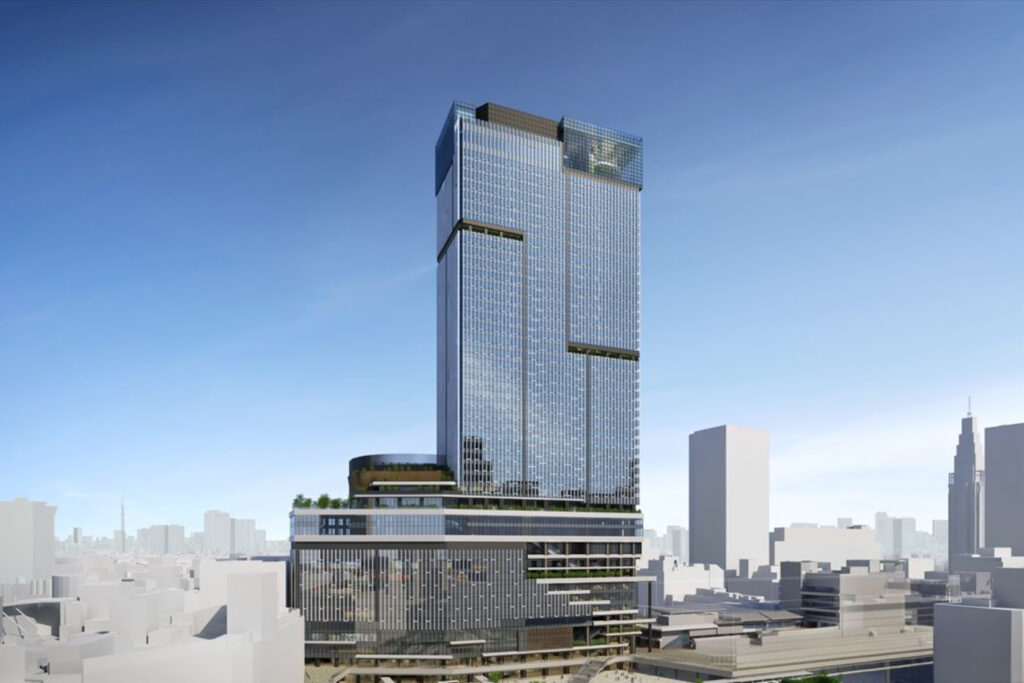
The largest part of the redevelopment focuses on the West Exit area, where Odakyu Electric Railway, Tokyo Metro, and Tokyu Land Corporation are working together. Construction started in March 2024 after demolition work that began in October 2022.
The centerpiece is a 48-story tower reaching approximately 260 meters in height – taller than the Tokyo Metropolitan Government Building. This building will contain around 279,000 square meters of floor space. The lower floors will house one of the largest commercial facilities in the Shinjuku area. Office space will occupy floors 14 through 46, while the top floors will feature facilities offering views across Tokyo.
The building connects directly to Tokyo Metro’s Marunouchi Line through underground passages. The design by Nippon Sekkei and Taisei Corporation includes earthquake-resistant features and disaster prevention systems. In December 2023, the office portions achieved ZEB Ready certification, meaning they will reduce primary energy consumption by 50% or more compared to standard buildings. The project is scheduled for completion by the end of fiscal year 2029.
Improving Station Flow and Connections
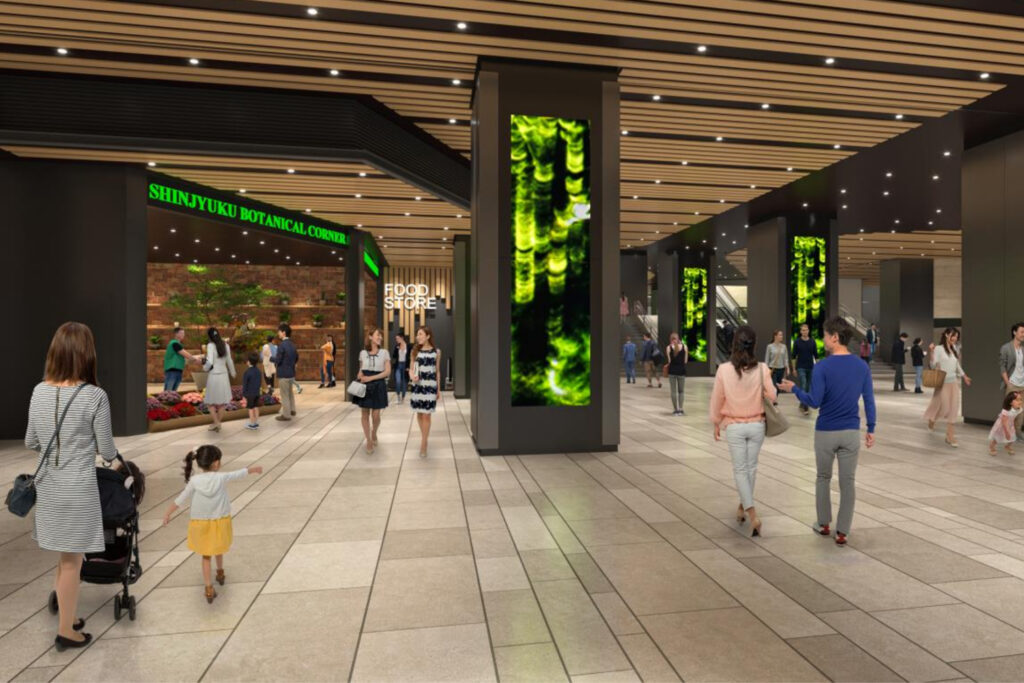
Making it easier to move through Shinjuku Station is key to the redevelopment. In 2020, a new east-west underground passageway opened beneath the JR tracks. This passage measures 25 meters wide and 100 meters long. Part of it features “The Color Bath,” an LED installation created by Moment Factory that shows changing colors and patterns. More underground pathways will be opened as part of this ongoing project.
Plans call for building an elevated deck that will also connect the east and west sides above the tracks, scheduled for completion in 2046. The West Exit plaza will be redesigned from a car-centered roundabout to a people-centered plaza with public areas called “Shinjuku Central Plaza” and “Shinjuku Terrace.” These improvements are targeted for fiscal year 2035.
Impact on Tokyo’s Real Estate Market
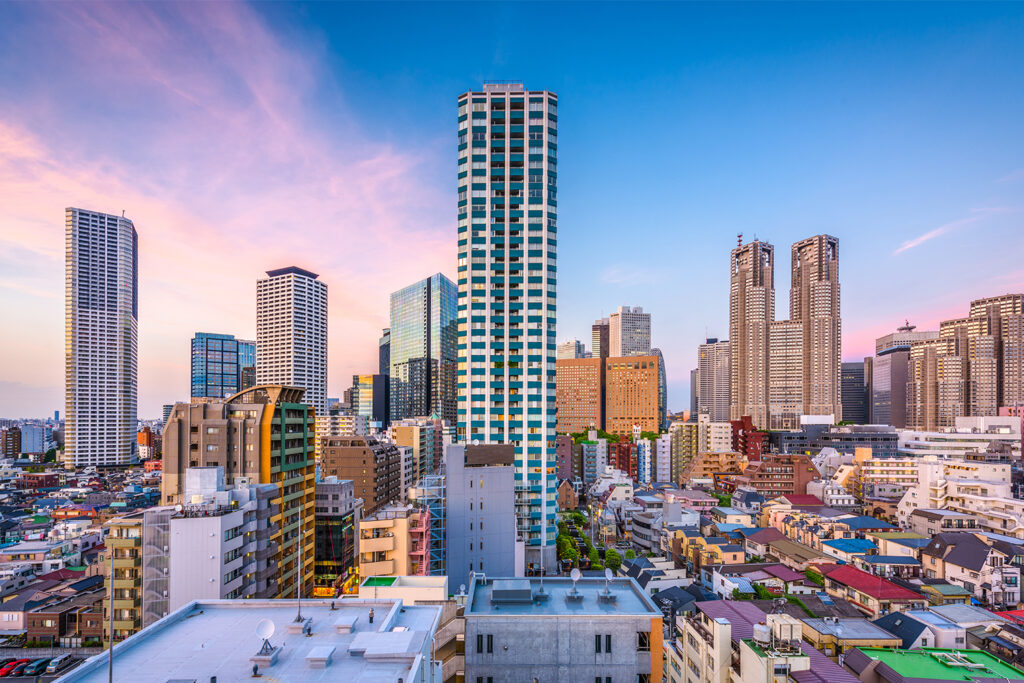
The Shinjuku redevelopment is expected to affect real estate values across a wide area. The introduction of new office space will increase the supply of modern workspaces in central Tokyo. The West Exit tower alone will add substantial office capacity, while the Southwest Exit buildings will contribute more.
Commercial real estate in the area will see changes as well. The large retail spaces will create new shopping and dining options. This could shift foot traffic patterns around Shinjuku Station and affect existing retail properties.
The hotel market in Shinjuku will see new supply with the addition of luxury hotels in both the West Exit and Southwest Exit projects. These hotels target both business travelers and tourists, particularly international visitors.
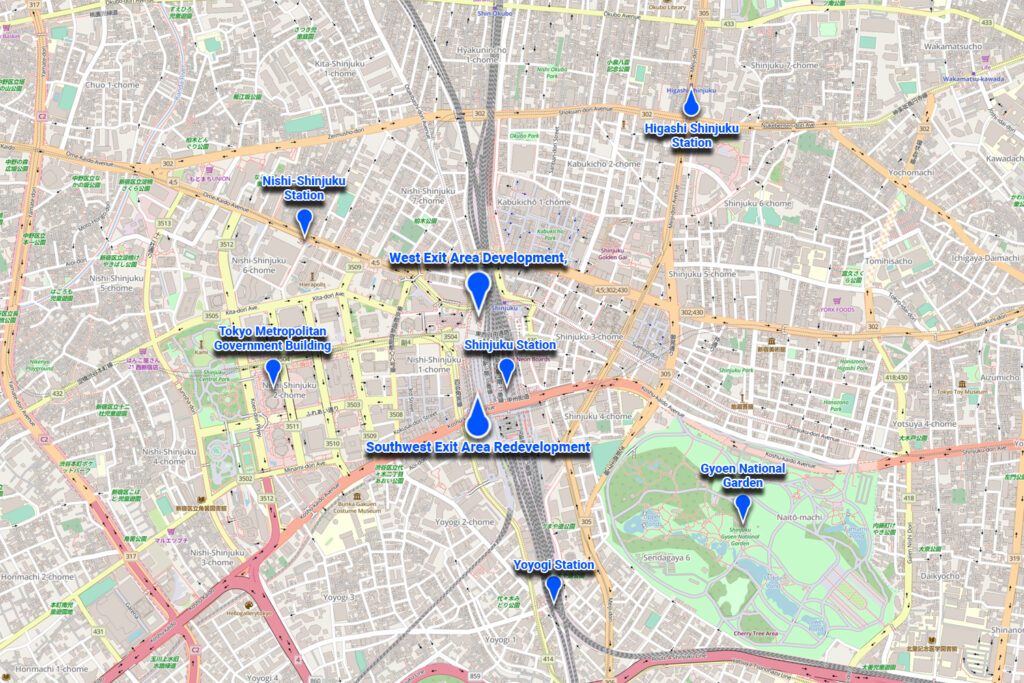
Residential real estate could feel indirect effects. As Shinjuku strengthens its role as an employment center, demand for housing along the railway lines connecting to Shinjuku Station may increase. Areas in Tokyo’s western suburbs with direct train service to Shinjuku could become more attractive to people working in the redeveloped buildings.
Real estate both West and East of the Shinjuku Station could see increased demand because of the redevelopment. This along with the already strong demand across Tokyo and Shinjuku’s strategic location along with good connections could mean property values will continue to climb.
Benefits for Different Groups
Office workers will find improved amenities and easier commutes. The new buildings provide modern workspace with better access to shops and restaurants. The enhanced pedestrian networks make it simpler to move between different parts of the station.
Tourists and visitors will benefit from easier navigation. The simplified station layout, better signage, and more intuitive connections between lines will make Shinjuku less intimidating for first-time visitors.
Local residents see improvements to their neighborhood. The public plazas and green spaces will create places to gather and relax. Better disaster preparedness, including facilities for people who can’t return home during emergencies, makes the area safer.
Connections to Other Tokyo Developments
The Shinjuku redevelopment is part of a broader pattern of urban renewal across Tokyo. Shibuya Station has undergone extensive reconstruction in recent years. Takanawa Gateway, a new station in Minato-ku, between Shinagawa and Tamachi, is surrounded by a large-scale development that will add office, retail, and residential space.
These projects share common goals: better pedestrian flow, modern infrastructure, improved disaster preparedness, and enhanced international competitiveness. Tokyo is preparing for a future with an aging population, changing work patterns, and the need to attract international business and tourism.
Timeline and What to Expect
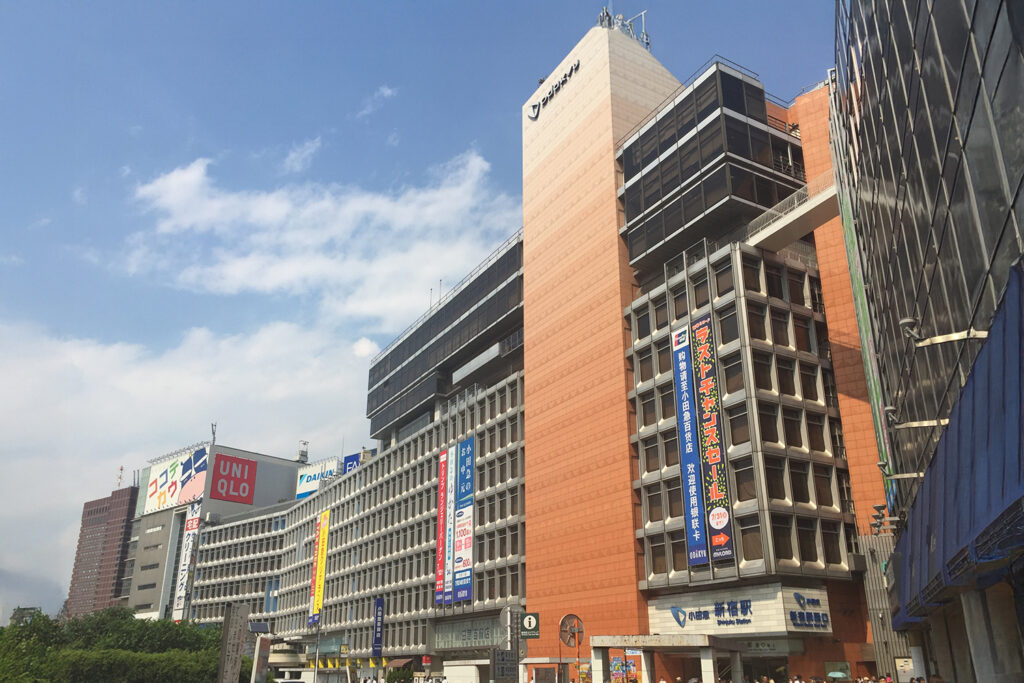
The Shinjuku redevelopment will unfold in stages over the next 20 years. Construction of the West Exit tower continues through 2026, with the building becoming visible in the Shinjuku skyline, arguably one of the most famous Skyline views in the world. The building is scheduled to open by the end of fiscal year 2029.
Between 2030-2035, the West Exit building will operate at full capacity. Work continues on the east-west deck and redesigned West Exit plaza, with completion targeted for fiscal year 2035.
After the Southwest Exit South Area building opens, planning and construction begin on the North Area building, involving the eventual closure of Keio Department Store and Lumine 1. The North Area building and elevated east-west deck should be complete by 2046.
What This Means for Property Buyers and Investors
For those considering property purchases in Tokyo, the Shinjuku redevelopment offers several angles to consider. Properties with good access to Shinjuku Station may see value appreciation as the area improves. This includes buildings in Shinjuku itself and residential properties along the rail lines that connect to Shinjuku.
Timing matters when thinking about investment related to the redevelopment. Properties may see price increases as construction progresses and opening dates approach. However, some of the anticipated value increase may already be reflected in current prices, as the redevelopment has been publicly known since 2018-2019.
The type of property also affects how the redevelopment creates opportunity. Residential properties benefit from improved access and amenities. Office buildings in the area may need to modernize to compete with the new space coming online.
The broader trend toward urban renewal in Tokyo suggests that areas with good transport links and potential for redevelopment will remain attractive. Shinjuku is one of several districts undergoing transformation.
Conclusion
The Shinjuku Station redevelopment represents one of Tokyo’s most significant urban renewal projects. By rebuilding the area around the world’s busiest train station, the project aims to create a modern terminal hub that serves Tokyo for decades to come.
The work involves multiple buildings totaling hundreds of thousands of square meters of space, improved pedestrian networks both above and below ground, and redesigned public areas. Three main development projects will reshape the skyline and change how people move through the area.
For the real estate market, the redevelopment brings new supply of office and commercial space in a prime location. It strengthens Shinjuku’s position as a business and commercial center, which should support property values in the surrounding area.
As construction continues through the 2020s and into the 2030s, Shinjuku will gradually transform. The first major milestone comes around 2030 when the West Exit tower opens. The full vision of Shinjuku Grand Terminal will take until the 2040s to complete, but the benefits will start appearing much sooner.
Contact Us
Housing Japan
7F BPR Place Kamiyacho, 1-11-9 Azabudai, Minato-ku, Tokyo, Japan 106-0041
Press Release Sources: Odakyu, JR East (JP Only)


